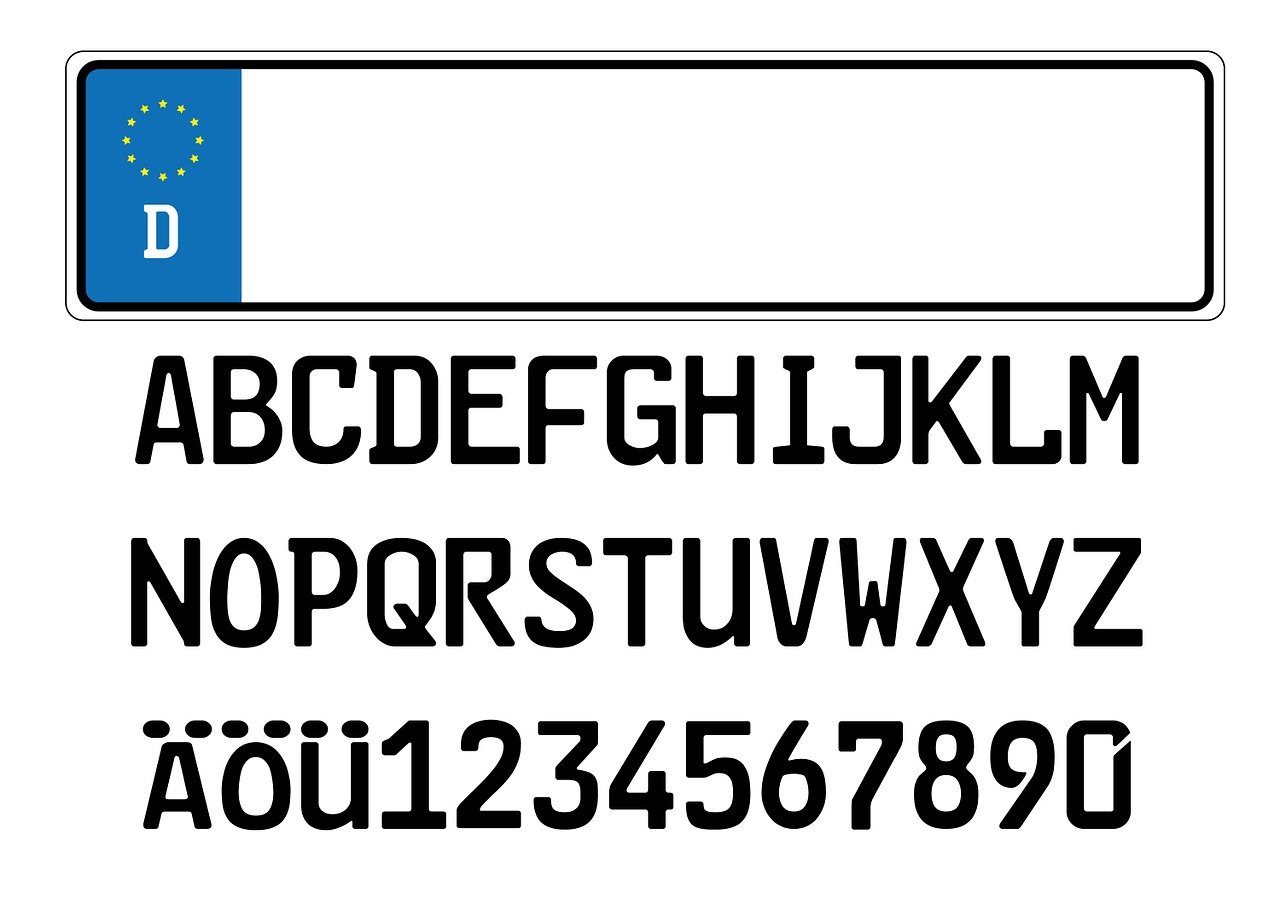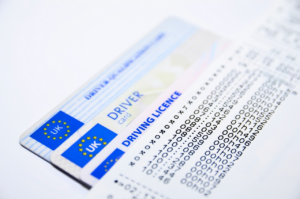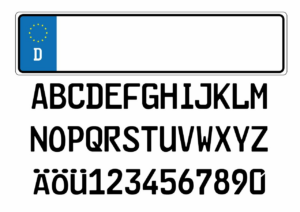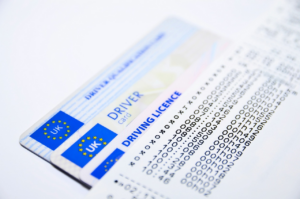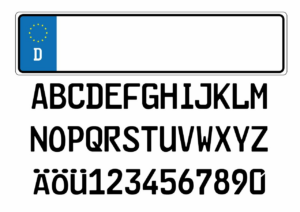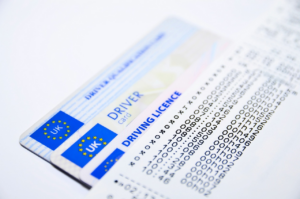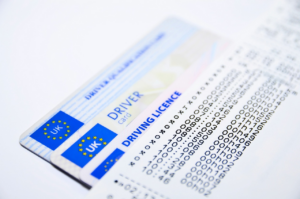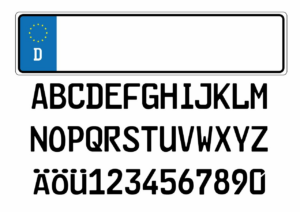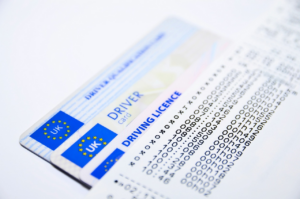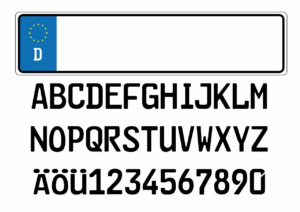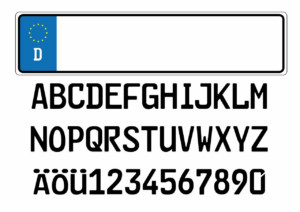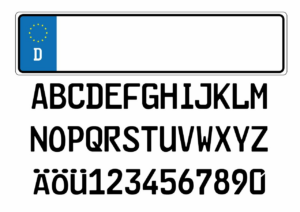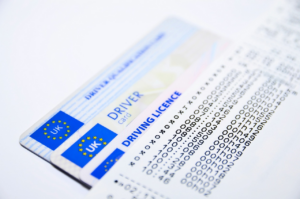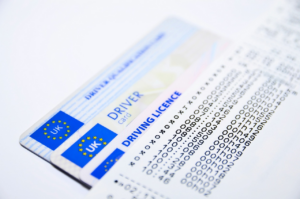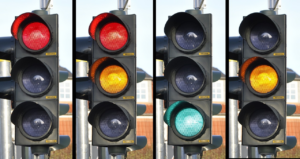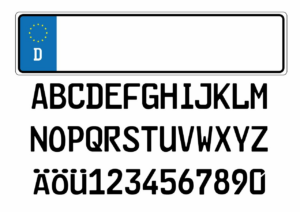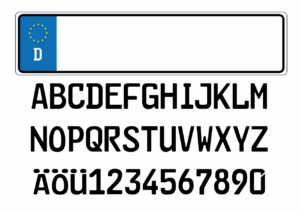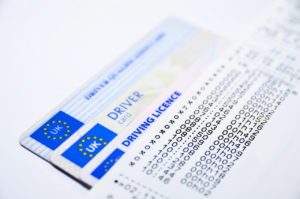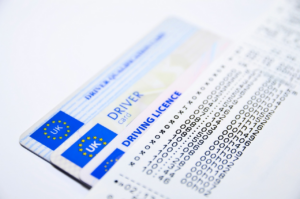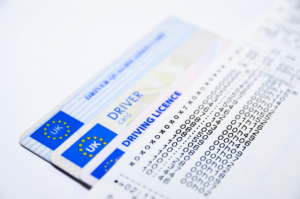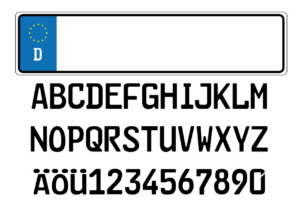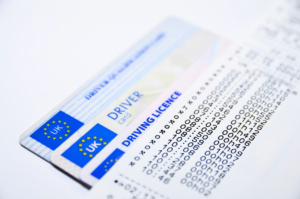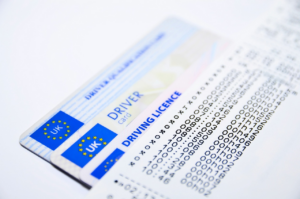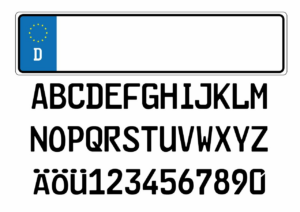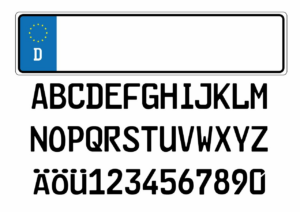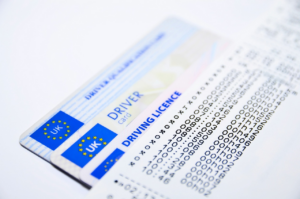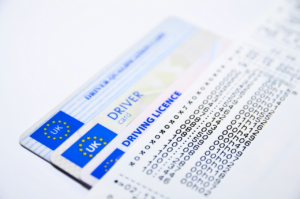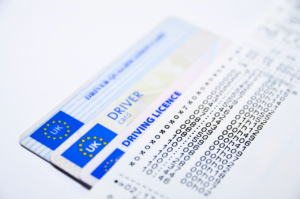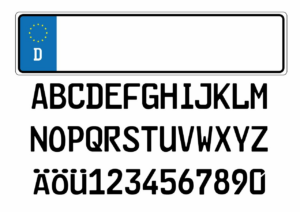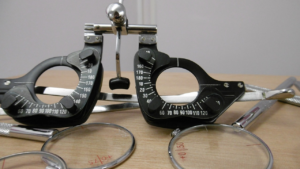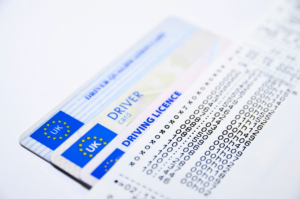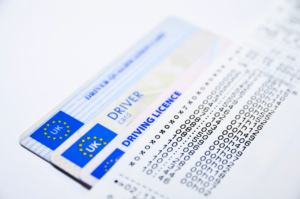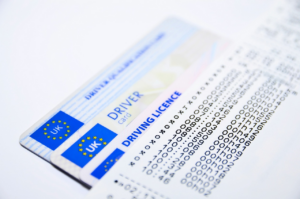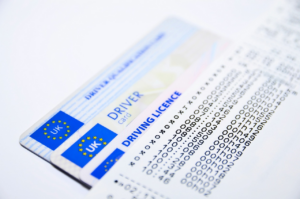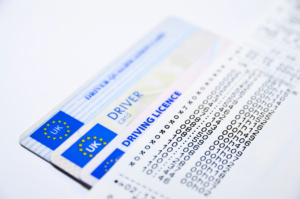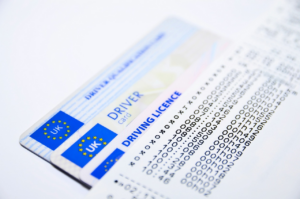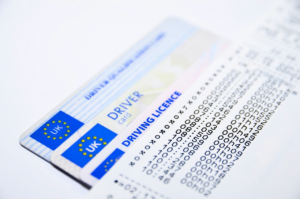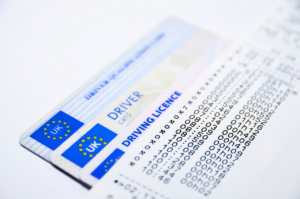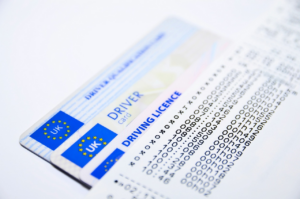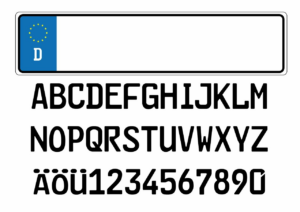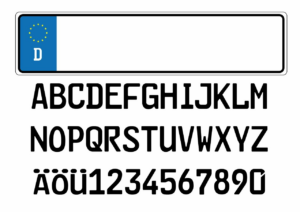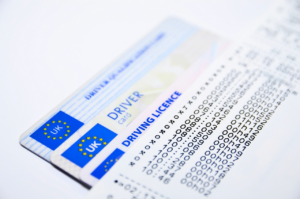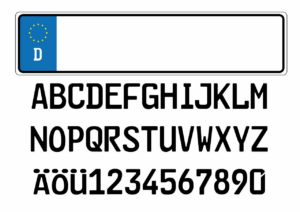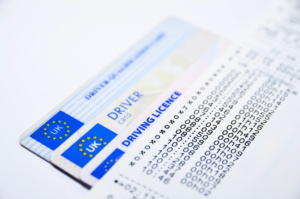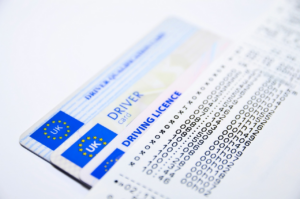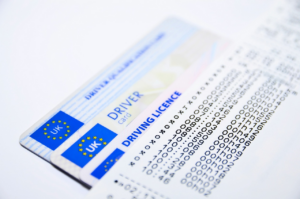When you decide to apply for a US driving license, you will need to go through a process that includes both written and practical tests. The written test is an essential part of the application process, as it evaluates your understanding of the rules of the road and traffic signs. Although it may seem like an inconvenience, the written test plays a crucial role in ensuring that only qualified drivers are permitted on the roads, which ultimately enhances public safety.
The written test is not just a formality, but a necessary step in obtaining your driving license. It assesses your knowledge of traffic laws, road signs, and safe driving practices, which are fundamental to being a competent driver. The test is designed to ensure that you have a good understanding of the rules and regulations that govern driving in the United States, and that you are capable of making informed decisions on the road.
In this article, we will explore the role of the written test in the US driving license application process, the types of questions you can expect, and how to prepare for the test.
Overview of the US Driving License Application Process
So, you’re ready to hit the road and start your journey towards becoming a legal driver in America. The path to obtaining your license involves a series of steps, each one bringing you closer to the independence and freedom of the open road.
The first step is to obtain a learner’s permit, which requires passing a written test. This test assesses your knowledge of the rules of the road, traffic signs, and safe driving practices.
Once you have your learner’s permit, you can start practicing your driving skills under the supervision of a licensed driver. When you feel confident in your abilities, you can schedule a road test to obtain your driver’s license.
However, before you can take the road test, you must pass another written test, which covers more advanced topics such as defensive driving techniques and handling emergencies on the road. These written tests play an important role in ensuring that only competent and knowledgeable drivers are granted the privilege of driving on America’s roads.
The Significance of Written Tests
The importance of acing the written portion of the driver’s exam cannot be overstated, as it can make or break one’s chances of earning a coveted license. The written test is a crucial part of the application process because it covers the rules of the road, traffic signs, and driving laws. It is designed to ensure that drivers have a basic understanding of the principles of safe driving, and that they know how to react in different situations on the road.
Moreover, the written test is a way for the Department of Motor Vehicles (DMV) to assess an applicant’s knowledge and comprehension of driving concepts. By passing the written test, the DMV can trust that the applicant has a good grasp of driving laws and safety measures, and is ready to take on the responsibility of operating a vehicle on public roads.
Therefore, it is essential to prepare for the written test by studying the driver’s manual, taking practice tests, and reviewing traffic laws to increase one’s chances of success.
Types of Questions on the Written Test
You’re probably feeling nervous about what kinds of questions you’ll encounter on the written test, but don’t worry – we’ll walk you through the different types of questions and how to prepare for them.
The written test consists of multiple-choice questions that are designed to test your knowledge of traffic laws and safe driving practices. Here are the different types of questions you can expect to see on the test:
-
Knowledge-based questions: These questions will test your understanding of the rules of the road, such as speed limits, right-of-way, and traffic signs. The key to answering these questions correctly is to study the driver’s handbook thoroughly and memorize the information.
-
Scenario-based questions: These questions will present you with a hypothetical situation and ask you to choose the best course of action. These questions are designed to test your ability to apply your knowledge of traffic laws to real-life situations. To prepare for these questions, try to think critically about different driving scenarios and how you would respond.
-
Visual-based questions: These questions will show you a picture or diagram and ask you to identify a specific traffic sign or symbol. To prepare for these questions, study the different traffic signs and symbols in the driver’s handbook and practice identifying them while driving.
By understanding the different types of questions on the written test and preparing accordingly, you can increase your chances of passing the test on your first attempt.
Remember to study the driver’s handbook thoroughly, practice critical thinking, and familiarize yourself with the different traffic signs and symbols. Good luck!
In conclusion, the written test is an important part of the US driving license application process. It tests your knowledge of traffic laws and safe driving practices and ensures that you are prepared to operate a vehicle safely on the road.
By understanding the different types of questions on the test and preparing accordingly, you can increase your chances of passing on your first attempt. So don’t let nerves get the best of you – study hard, practice critical thinking, and familiarize yourself with the different traffic signs and symbols.
With the right preparation, you can ace the written test and be one step closer to getting your driver’s license.
Preparing for the Written Test
Preparing for the written test is crucial in order to pass and obtain your driver’s license. The written test is a crucial step in the application process, and it’s important that you take the time to study and prepare for it.
One of the first steps in preparing for the written test is to review the driver’s manual for your state. The manual contains all the information you need to know in order to pass the test, including traffic laws, road signs, and safe driving practices.
Another important aspect of preparing for the written test is to take practice tests. Practice tests can help you get a feel for the types of questions that will be on the actual test, and can help you identify areas where you may need to study more. Many states offer practice tests online, or you can purchase study materials that include practice tests.
Finally, make sure you get plenty of rest the night before the test, and arrive at the testing center with plenty of time to spare. By preparing thoroughly for the written test, you can increase your chances of passing and obtaining your driver’s license.
Taking the Written Test
When taking the written test, you’ll need to arrive at the test site early and bring all required identification documents.
During the test, you’ll be given a set amount of time to answer multiple-choice questions on road rules and traffic signs.
After completing the test, you’ll receive your score and be informed of any necessary next steps, such as retesting procedures or scheduling a behind-the-wheel exam.
Test Administration
The test is administered in-person at the DMV. You’ll need to visit your local DMV office to take the written test.
The test is generally computer-based and consists of multiple-choice questions. The questions will cover a range of topics such as road signs, traffic laws, and safe driving practices.
You’ll be given a certain amount of time to complete the test, and the pass mark may vary by state. Some states may require you to answer a certain percentage of questions correctly, while others may require you to achieve a specific score.
The DMV staff will be available to help you if you have any questions or need assistance during the test. Once you have completed the test, you’ll be informed whether you have passed or failed.
If you pass the written test, you’ll be one step closer to obtaining your driver’s license.
Scoring and Results
You’ll be excited to know that your hard work on the DMV test will pay off when you receive your scores and find out if you passed or not!
The scoring system for the written test varies by state, but generally, you’ll need to get a certain percentage of questions correct to pass. In some states, this percentage is as high as 80%, while in others, it may be lower.
If you don’t pass the test on your first attempt, don’t worry – you’ll usually be able to retake it after a certain amount of time has passed. Depending on the state, you may be required to pay another fee to retake the test.
If you do pass, you’ll usually be given a paper stating that you passed the test, which you’ll need to bring to the DMV when you go to get your driver’s license.
Overall, the scoring and results of the DMV test are an important part of the driver’s license application process, and it’s important to prepare thoroughly to give yourself the best chance of passing.
Retesting Procedures
Now that you know how the written tests are scored and the results that you can expect, it’s important to also understand the retesting procedures. If you do not pass the written test on your first attempt, you will be given the opportunity to retake it.
Here are some important things to keep in mind regarding the retesting procedures:
-
You will need to wait a certain amount of time before you can retake the test. The exact amount of time varies depending on the state you are applying for a license in, so be sure to check your state’s specific requirements.
-
You may need to pay a fee each time you retake the test. Again, the exact amount varies by state, so be sure to check the requirements.
-
You may be required to complete a driver’s education course or study materials before you can retake the test.
-
If you fail the test a certain number of times, you may need to wait even longer before you can retake it again. This is to ensure that you are adequately prepared before attempting the test again.
Understanding the retesting procedures is important in order to properly prepare for the written test and ensure that you pass on the first attempt. Be sure to review the requirements in your state and take the necessary steps to prepare for the test.
The Role of DMVs
DMVs, or Department of Motor Vehicles, play an important role in the process of obtaining a driver’s permit or license in the United States. They are responsible for administering written tests, as well as driving tests.
DMVs also handle the issuance and renewal of driver’s licenses, and the suspension or revocation of licenses in cases of traffic violations or accidents. In addition, DMVs maintain records of all licensed drivers in their respective states.
When it comes to written tests, DMVs have a standardized process to ensure that all applicants are tested fairly and consistently. Each state has its own set of rules and regulations governing the content and format of the written test.
DMVs provide study materials and practice tests to help applicants prepare for the test. They also offer accommodations for individuals with disabilities or special needs.
The written test is an important part of the driver’s license application process, as it assesses the applicant’s knowledge of traffic laws and safe driving practices.
Criticisms of the Written Test
One may argue that the written test administered by DMVs may not fully assess an individual’s ability to safely operate a vehicle on the road. While the test covers basic rules of the road, signs, and driving laws, it doesn’t test practical skills such as responding to unexpected situations or navigating complex traffic patterns.
Additionally, the test doesn’t take into account an individual’s driving experience or their ability to make quick decisions while driving. Furthermore, the written test may be subject to biases and cultural differences.
The test may contain language or phrasing that’s difficult for non-native English speakers to understand, leading to confusion and incorrect answers. Additionally, certain questions may be more relevant to certain regions or driving cultures, leading to disparities in pass rates for individuals from different backgrounds.
Overall, while the written test is a necessary part of the driving license application process, it may not fully capture an individual’s ability to safely operate a vehicle on the road.
Conclusion and Future Outlook
It’s important to consider the limitations of the current assessment methods for driver competency and explore potential solutions for improving road safety. While written tests are a necessary component of the US driving license application process, they are not foolproof and may not accurately measure a driver’s ability to operate a vehicle safely on the road.
Critics argue that the tests often focus on memorization of rules and regulations, rather than practical driving skills and decision-making abilities. Additionally, some argue that the tests do not adequately measure a driver’s ability to handle real-life scenarios, such as driving in inclement weather or dealing with unexpected obstacles on the road.
Looking to the future, there may be potential solutions for improving the current driving license application process. One option could be to incorporate more hands-on, practical driving assessments in addition to the written test. This could involve simulators or on-the-road evaluations to more accurately measure a driver’s ability to handle real-life scenarios.
Additionally, there may be a need for ongoing evaluations and retesting of drivers to ensure that they continue to meet the necessary safety standards. Ultimately, it will be important to continue to evaluate and improve upon the current assessment methods to ensure that all drivers on the road are competent and capable of safely operating a vehicle.
Frequently Asked Questions
How long does it typically take to complete the US driving license application process?
If you’re looking to obtain a US driving license, the application process can take anywhere from a few weeks to several months depending on a variety of factors.
First, you’ll need to gather the necessary documents, such as proof of identity and residency, and fill out the application form. Then, you’ll need to pass a vision test and a written knowledge test, which can take a few hours to complete.
After that, you’ll need to pass a driving test, which can take anywhere from 20 minutes to an hour depending on your skill level and the traffic conditions. Finally, you’ll need to pay the application fee and wait for your license to be processed and mailed to you.
Overall, the process can be time-consuming, but it’s important to ensure that all drivers on the road are properly licensed and qualified to operate a vehicle.
What is the passing score for the written test?
To pass the written test for a US driving license, you must score at least 80% or above. The test is typically multiple choice and covers a range of topics such as traffic laws, road signs, and safe driving practices.
It’s important to study and prepare for the test thoroughly, as failing it may result in having to retake the test and delay the application process.
The passing score ensures that drivers have a basic understanding of the rules and regulations of the road, which is essential for safe driving.
Are there any exemptions to taking the written test in the US driving license application process?
If you’re applying for a US driving license, there are certain circumstances under which you may be exempt from taking the written test. For example, if you hold a valid license from another US state or a foreign country, you may be able to skip the written test and only take the driving test.
Additionally, some states may offer exemptions for military personnel or individuals with certain medical conditions. However, it’s important to note that each state has its own specific rules and regulations regarding exemptions, so it’s best to check with your local Department of Motor Vehicles to see if you qualify.
How often are written tests updated or changed?
If you’re wondering how often written tests for US driving license applications are updated or changed, the answer is that it varies by state. Some states update their tests every few years, while others may go longer without changes.
The updates are typically made to reflect changes in traffic laws, technology, and other relevant information. It’s important to note that even if you’ve taken the written test before, you may need to take it again if you let your license expire or move to a new state with different requirements.
Additionally, some states may require you to retake the written test if you accumulate a certain number of points on your driving record. Overall, staying up-to-date on any changes to the written test is important for ensuring you’re prepared to pass and obtain your driver’s license.
What is the role of driving schools in preparing applicants for the written test?
When preparing for the written test in the US driving license application process, driving schools can play a crucial role in ensuring that applicants are fully equipped with the necessary knowledge and skills.
These schools provide a comprehensive curriculum that covers all the key topics and regulations that are tested in the written exam. They also offer hands-on training and practice tests that help applicants gain confidence in their abilities and prepare for the actual test.
By enrolling in a driving school, you can increase your chances of passing the written test and obtaining your driver’s license.
Conclusion
Congratulations! You’ve successfully navigated the US driving license application process, which includes passing a written test. Written tests are a crucial component of the application process, as they ensure that drivers understand the rules of the road and can operate a vehicle safely.
To prepare for the written test, it’s essential to study the driver’s manual and take practice tests. On test day, make sure to read each question carefully and take your time. Remember that passing the written test is just the first step in obtaining your license. You’ll still need to pass a driving test and meet other requirements set by your state’s Department of Motor Vehicles (DMV).
While some critics argue that written tests don’t accurately measure a person’s ability to drive, they remain a necessary part of the licensing process. DMVs are constantly revising and updating their tests to ensure they reflect the latest driving laws and safety standards. As technology advances, we may see changes in how tests are administered, such as the use of computerized tests or virtual reality simulations.
In conclusion, passing the written test is a crucial milestone in obtaining your US driver’s license. By studying the driver’s manual, taking practice tests, and approaching the test with a clear mind and focus, you can successfully pass the test and move on to the next step in getting your license.
Remember to always prioritize safety on the road and follow all traffic laws and regulations. Safe driving!


